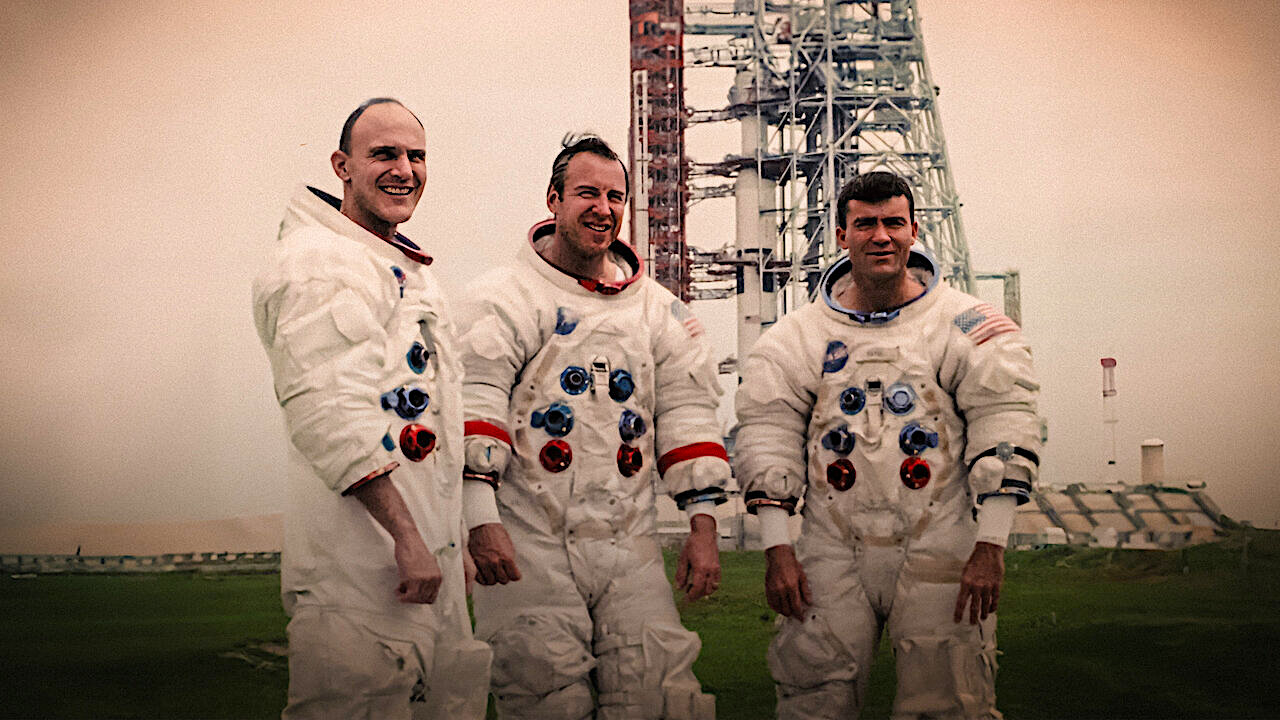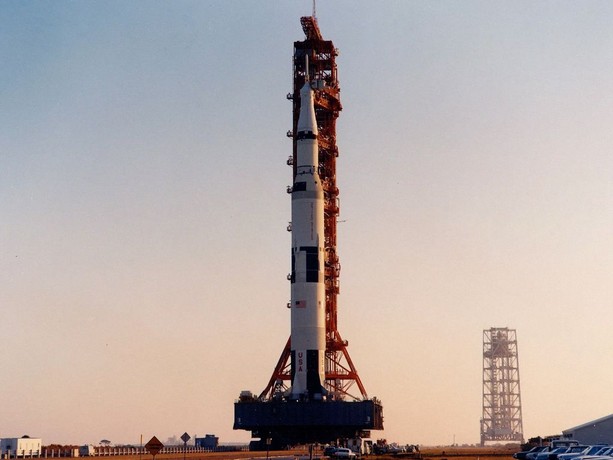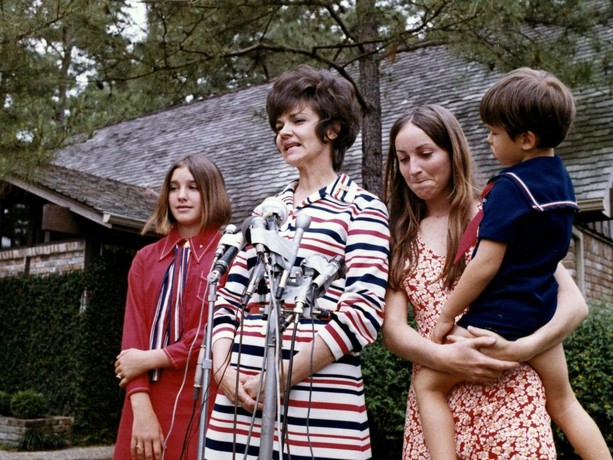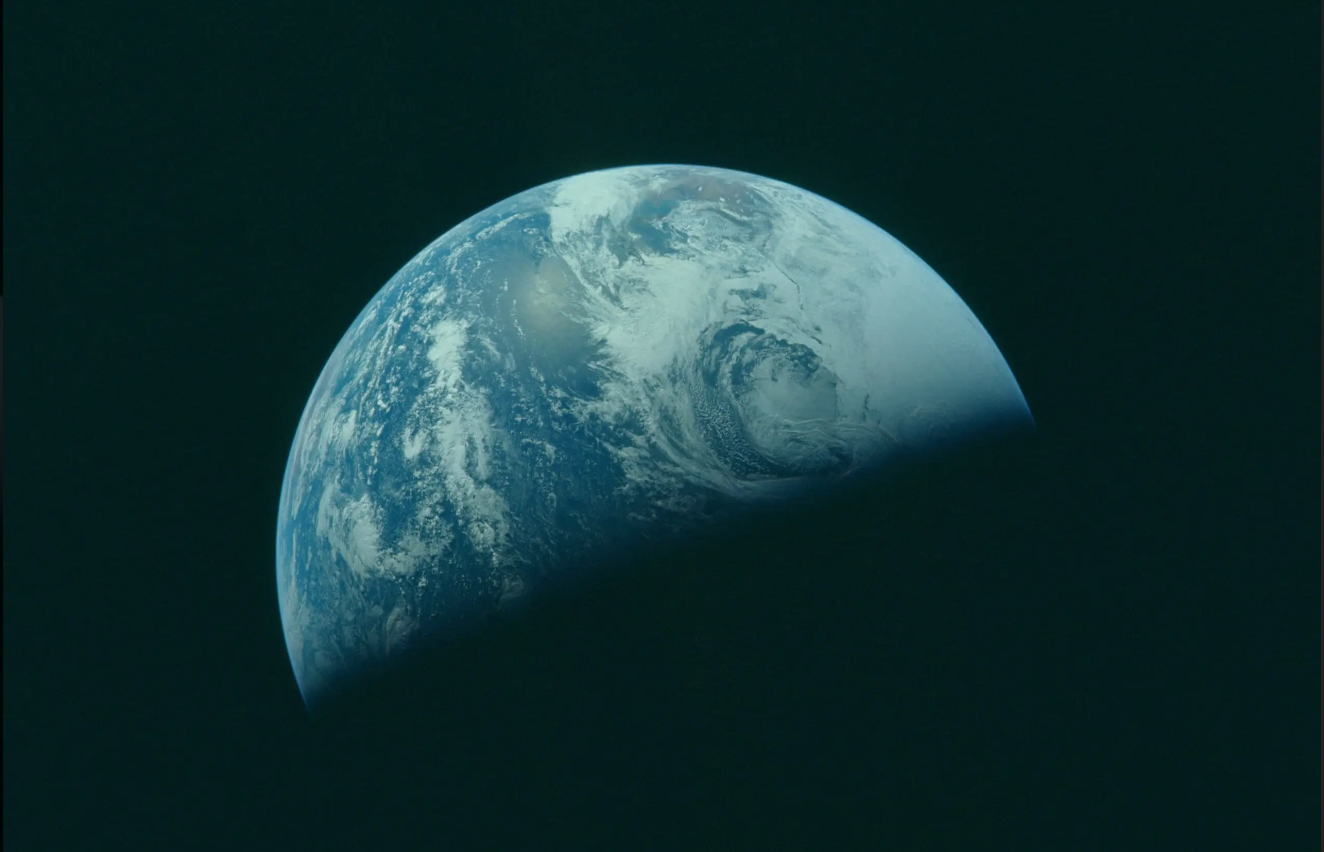
The ability to craft a compelling, artistic, and evocative documentary film is a true filmmaker's test and one that British director Peter Middleton has totally aced with his latest project now streaming on Netflix titled 'Apollo 13: Survival."
This immersive time capsule chronicles the unlucky NASA mission in April of 1970 where astronauts Jim Lovell, Jack Swigert and Fred Haise nearly didn't make it back to Earth after their service module suffered an explosion half-way to the moon that left the craft venting oxygen out into space. Further complications arose with their electrical and life support systems that aborted any attempt to land on the moon. The miracle of their safe splashdown in the Pacific Ocean days later united the world for one brief moment in a global vigil of hope and prayer.
In our review of the film, we found it to be a thoughtful look on one of the most harrowing moments in spaceflight history, one that resonates emotionally even today.
"I was familiar with a lot off this material," Middleton tells Space.com. "It's been well versed and well played in film across the Apollo program. A really important film in terms of my own development as a filmmaker was Al Reinert's "For All Mankind." I thought it was such a beautiful film. And the way he was able to excavate the NASA vaults and pair that with Brian Eno's score using those reflective, meditative interviews with the Apollo astronauts was an interesting approach that was inspirational to me as a filmmaker, let alone for this project."

By combing through a mountain of NASA archival footage, mission stills, and interviews with the astronauts and their families, Middleton and his producing partners have composed an emotional portrait of the many flight engineers, astrophysicists, scientists, mission control personnel, and the astronauts' wives who held their collective breaths while the Apollo 13 crew raced against time to survive.
"I knew the scale of the material that would be available. Even if I suspected that the Apollo 13 astronauts didn't shoot very much up in space. I think it transpired that they only filmed 14 minutes of 16-millimeter footage. The spectacle of the NASA material as they strapped cameras to every spacecraft and were filming on 65-millimeter on the ground for the training and launches and preparations. It's very impressive stuff that's been played out in the public sphere in a way that I don't think we've seen since. It must have been confounding to people at the time."
Middleton reminds us that many Earthlings alive in the late '60s would have a memory of the Wright Brothers first flight in 1903, let alone comprehending this fantastical idea of getting to the Moon.
"This was the stuff of sci-fi comics and to have access to all that material, we sensed that we had to give it the scope to make something that was more experiential, that could immerse the audience in the unfolding drama of that crisis," he notes. "That was our ambition, to try and put the audience in the cockpit. Experiencing it as Lovell, Haise and Swigert. The other key space is Mission Control, that room is so evocative, with the the swirls of cigarette smoke and smell of stale pizza in there."

The area Middleton that was less sure about was the family experience, and he knew from very early on that the Lovell family would be the emotional heart of the film.
"Whether or not we quite had the materials be able to show that was a question mark," Middleton recalls. "One of the things we came to was an extraordinary archive of stills that Life magazine and photojournalists were given access to. Very quickly we began going through this trove of material that was really personal, really intimate.
"You see Marilyn Lovell on the telephone to NASA, and holding these impromptu prayer services with the local priest consoling her and her children. There's a real power and poignancy to some of those images that we were immediately drawn to. Then what other archival materials could we complement that with? A lot of our research went into trying to find those first-person testimonies, the voices of the astronauts, the people of mission control, and the families."
To keep the narrative momentum flowing, Middleton and his crew wisely steered away from including talking heads or recording any new material with their contributors or protagonists in the film. His vision was to try and find only archival sources for as close to the time period as possible, all in the service of hoping to create that sense of putting viewers in the moment.
"There were a few other foundational elements to the project when we were approached that we thought were really interesting. The big one is "Apollo in Real Time' and the guys that have developed that site, untangling, remastering, making sense of all of the Mission Control audio, 7,000 hours of audio we estimate, and presenting that in a way that's accessible to the public. To have that as a foundation for a project such as this is absolutely key. Much of our previous work, 'The Real Charlie Chaplin' and 'Notes on Blindness' both started with sound. That's one of the things we look to in a project, especially if it's a historical documentary.
"It's an extraordinary story and one of the extraordinary elements is the way this crisis escalates. But the final denouement is will they make it through the Earth's atmosphere? Will the heat shields hold? Are their calculations correct?
"And for one minute and twenty-six seconds there's this horrible moment where they should have reestablished radio communication, and they haven't. NASA had sent camera crews out around the world to record people watching that moment and you see it writ large on their faces. Ordinary people on the streets huddled around televisions and radios, just tuned in for this incredible nail-biting moment."

It's widely agreed upon that NASA's Apollo program provided a large portion of the population with a focused sense of national unity, particularly the Apollo 13 story.
"There was this recognition that these weren't just three American astronauts, these were three ambassadors of the human race," Middleton says. "There's a beautiful line in the film recorded by Al Reinert in an interview with Jack Swigert where Jack talks about this idea that in mission terms, Apollo 13 was a failure, but for a brief instant in time, the whole world was together. It reminded us of our common humanity and there's very few examples of events like that throughout history."
Executive produced by Nick Fraser and Stephen Slater alongside producers Hugh Davies and Clive Patterson, "Apollo 13: Survival" streams exclusively on Netflix.







